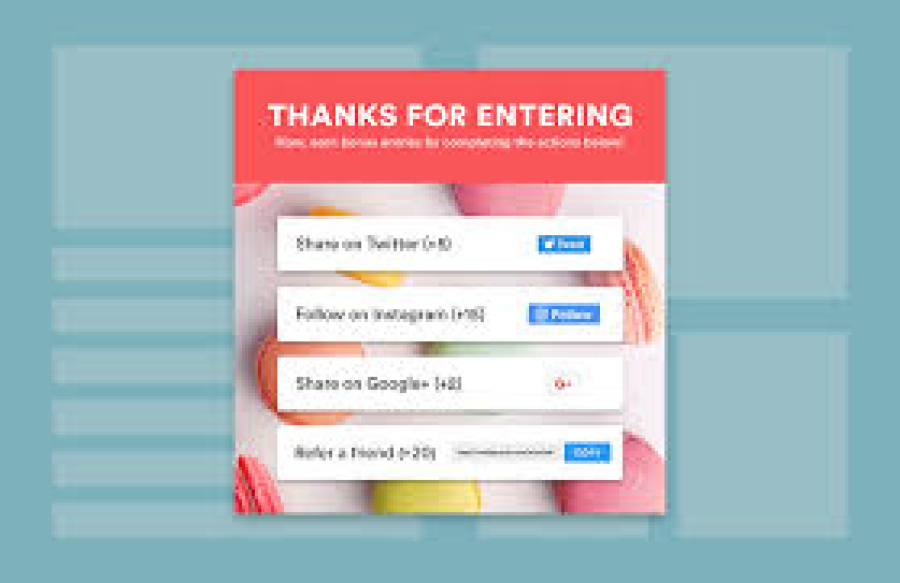How to Reduce Cart Abandonment with Better UX Design
Cart abandonment is a major challenge for eCommerce businesses, leading to lost sales and revenue. Studies show that the average cart abandonment rate is around 70%, meaning a majority of shoppers leave without completing their purchase.
At FreelancerBridge, we believe that better UX (User Experience) design can significantly reduce cart abandonment. In this guide, we’ll explore common reasons for cart abandonment and share proven UX design strategies to improve conversions and boost sales.
Why Do Customers Abandon Their Carts?
Before we dive into solutions, let’s understand why customers leave without buying:
- High Shipping Costs – Unexpected fees at checkout drive customers away.
- Complicated Checkout Process – Too many steps cause frustration.
- Mandatory Account Creation – Shoppers prefer guest checkout.
- Lack of Payment Options – Limited choices reduce conversions.
- Slow Website Performance – Delays cause users to leave.
- Security Concerns – Shoppers avoid unsecured payment gateways.
- No Clear Return Policy – Uncertainty prevents purchases.
Now, let's explore how UX design can solve these issues and increase conversions.
How to Reduce Cart Abandonment with UX Design
1. Simplify the Checkout Process 🛒
A long, complex checkout is a major reason why users abandon their carts. Reduce friction by:
✔ Minimizing form fields – Only ask for essential information.
✔ Offering guest checkout – Don’t force account creation.
✔ Providing auto-fill options – Speed up form completion.
✔ Adding a progress bar – Show users how many steps remain.
🚀 Example: Amazon’s one-click checkout simplifies the process and boosts conversions.
2. Optimize Website Speed & Mobile Experience 📱⚡
A slow website drives customers away. Improve performance by:
✔ Compressing images – Large files slow down loading times.
✔ Using a fast hosting provider – Choose reliable servers.
✔ Enabling browser caching – Improve repeat visit speeds.
✔ Ensuring mobile responsiveness – Make checkout seamless on all devices.
🚀 Example: Google research shows that a 1-second delay can decrease conversions by 7%.
3. Display Clear Pricing & Shipping Costs Upfront 💰
Hidden fees are a deal breaker. Increase transparency by:
✔ Showing full pricing (including taxes and fees) early.
✔ Providing free shipping or setting a clear threshold (e.g., "Free shipping on orders over $50").
✔ Offering shipping calculators before checkout.
🚀 Example: Shopify stores that highlight free shipping in the cart see higher conversions.
4. Add Trust Signals & Secure Payment Options 🔒
Customers won’t enter payment details if they don’t trust your site. Build confidence by:
✔ Displaying trust badges (SSL, Verified by Visa, PayPal Secure, etc.).
✔ Offering multiple payment options (Credit cards, PayPal, Apple Pay, etc.).
✔ Providing a clear return & refund policy.
🚀 Example: Adding a trust badge at checkout can increase sales by up to 42%.
5. Enable Exit-Intent Popups & Retargeting 🎯
Not all customers who abandon their carts are gone forever! Bring them back with:
✔ Exit-intent popups – Offer a discount or free shipping before they leave.
✔ Retargeting ads – Use Google & Facebook ads to remind them about their cart.
✔ Abandoned cart emails – Send follow-up emails with an incentive.
🚀 Example: Studies show that abandoned cart emails recover 10-30% of lost sales.
6. Provide Live Chat & Customer Support 💬
Sometimes, customers have last-minute questions before checkout. Help them by:
✔ Adding live chat – Instant support increases trust.
✔ Providing an FAQ section – Answer common concerns.
✔ Displaying a contact number – Reassure customers with real-time help.
🚀 Example: E-commerce sites with live chat see a 35% increase in conversions.
Final Thoughts
Reducing cart abandonment requires a seamless UX design that eliminates friction and builds trust. By simplifying checkout, improving speed, providing secure payment options, and using retargeting strategies, businesses can increase conversions and revenue.


 by Emily
by Emily




